(dc) – direct current
Cells and batteries provide an electrical current which always flows around the circuit in the same direct, this is called direct current (dc).
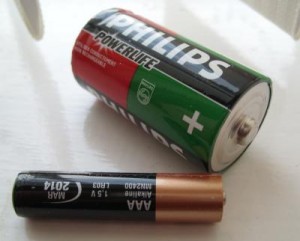
(ac) – alternating current
In the UK mains electricity is supplied at about 230 volts and is supplied as (ac) or alternating current. This means the current flows in one direction then the other around the circuit. The current constantly changes direction (alternates) and so it is called (ac) alternating current. In the UK the frequency of mains electricity is 50 Hz, this means 50 cycles in one second.
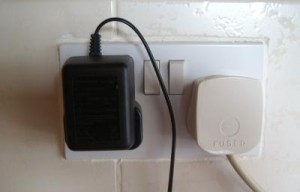
Three pin plug.
The three pin plug contains;
- The blue neutral wire which is held at around 0 volts.
- The green/yellow earth wire.
- The brown live wire which alternates between +230 volts and -230 volts.
- The fuse (left hand side on diagram).
- The cable grip, at the bottom of the plug to hold wires in securely.
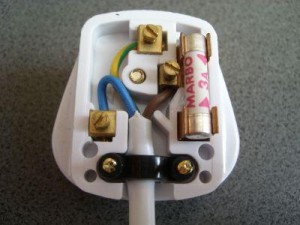
Fuses
The most common fuse sizes are 3A, 5A and 13A (an electric cooker can have a 30A fuse). If the amount of current flowing through the fuse gets bigger than the fuse rating the wire inside the fuse gets hot and melts which disconnects the live wire from the appliance. Fuses are cheap but operate more slowly than circuit breakers.


Earth Wires
Appliances with metal cases are earthed with an earth wire. Some appliances do not require an earth wire as they are double insulated. If a fault develops and the earth wire connects to the metal case of the appliance current begins to flow down the earth wire. The extra current being drawn in through the live wire causes the fuse wire in the fuse to heat up and melt. This disconnects the live wire and makes the appliance safe.
Circuit Breaker
Circuit breakers operate much faster than fuses but they are much more expensive.
There are two types;
- Residual Current Circuit Breakers (RCCB’s) which operate by detecting a difference in the current between the live and neutral wires.
- Earth Leakage Circuit Breakers (ELCB’s) which detect when current flows through the Earth wire.
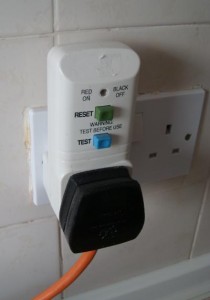
Oscilloscopes
The two controls on an oscilloscope we are interested in are;
- Y-gain in volts/division, 1 v/div.
- Time base in time/division, e.g. 0.002 s/div.
Input connected to ground (zero volts) and timebase switched off, oscilloscope trace is a spot in the middle of the screen.
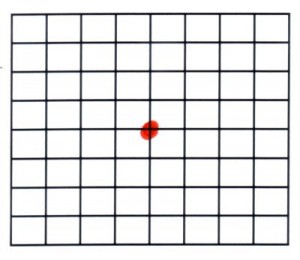
3 volts from a dc battery (Y gain set to 1V/div, timebase off), the oscilloscope trace is a spot which moves 3 squares (divisions) up.
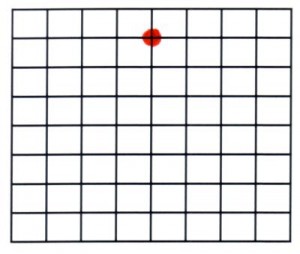
Input connected to ground (zero volts) and timebase switched on, trace appears as a horizontal line in the middle of the screen.
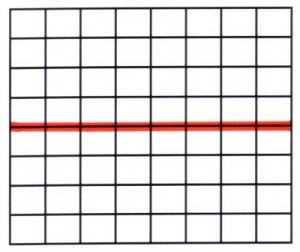
3 volts from a dc battery (Y gain set to 1V/div, timebase on), trace appears as a horizontal line 3 squares above the middle.
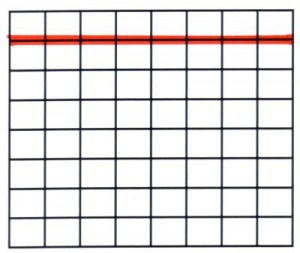
3 volts from an ac power supply (Y gain set to 1V/div, timebase off), trace appears as a vertical line 6 squares long.
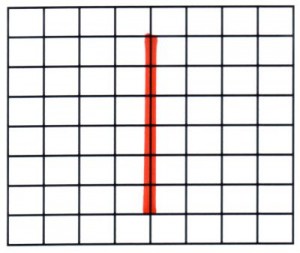
3 volts from an ac power supply (Y gain set to 1V/div, timebase on 0.002 s/div), sine like trace appears.
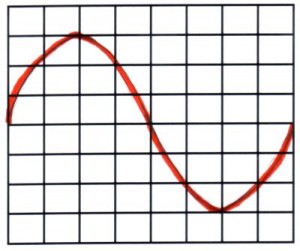
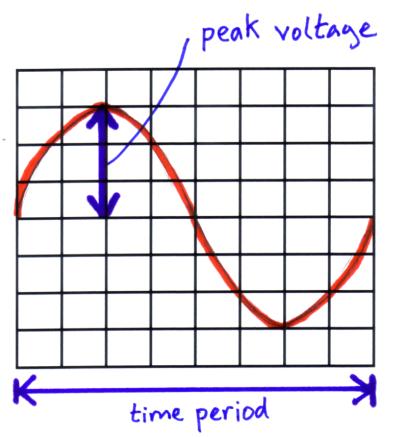
The peak voltage (amplitude) is 3V.
The time period (T) is 8 squares x 0.002 = 0.016 s.
We can calculate the frequency (f) in hertz (Hz) using the equation below;
f = 1 divided by 0.016 = 62.5 Hz




